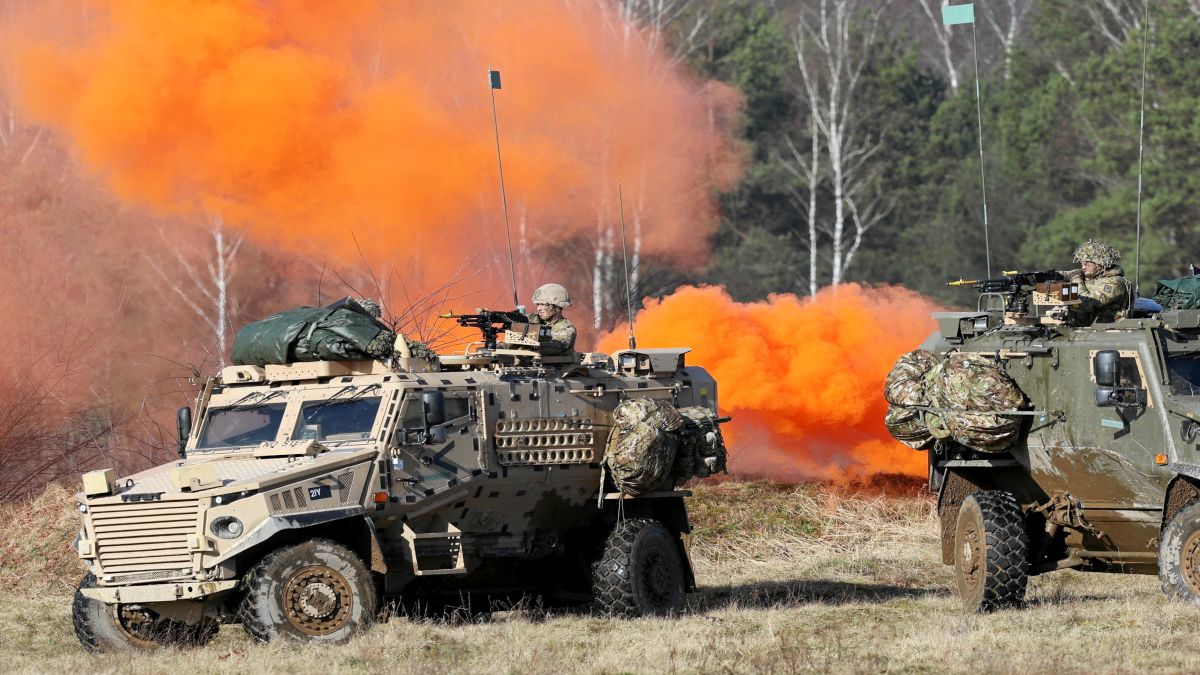More than the terrifying audacity of the 9/11 terror attacks, it was the chilling simplicity of those attacks that was horrifying. Until that epochal attack, no one had imagined civilian jetliners being hijacked with box-cutters and then being used as guided missiles to ram into iconic buildings like the World Trade Center and Pentagon. Although during World War II, Japanese Kamikaze pilots had used their fighter planes as manned guided missiles against military targets, 9/11 was the first time civilian planes were used for suicide attacks.
The one thing that characterises late 20th century and early 21st century terrorism is the use of normal, everyday items and tools as instruments of mass murder. From soaps to fertiliser, from mobile phones and batteries to pressure cookers and kitchen knives, and from jetliners to cars and trucks, anything and everything can become a weapon in the hands of terrorists. Worse, the terrorist doesn’t need any specialised training to use many of these items to commit mass murder. All it takes is indoctrination and a sick, warped and unstable mind to make a religiously motivated mass murderer out of an individual. That is the chilling reality of the mass murder committed in Nice, France.
Nice is not the first time terrorists have used a vehicle as a tool of terror. In 2008 Uighur terrorists used dump trucks to ram into a group of policemen in Kashgar, China, killing 16 people. Again in 2013 a jeep ploughed through crowds in Tiananmen Square in Beijing and then exploded leaving five people dead. In 2014, two trucks rammed into crowds in an Urumqi market killing 31 people. The same tactic has been used in Nice, with many more casualties. The over 80 people who died were part of the crowds celebrating Bastille Day, France’s national holiday. It was an easy target and mass casualties was ensured by the sheer number of people gathered in the area that was targeted.
Details of the Tunisian origin French national who carried out the attack in Nice are still awaited. It is not clear if it was an attack planned in advance by terror masterminds or if it was a lone-wolf attack. At the time of writing this piece, it is not even clear if the attack was an Islamic State (IS) terrorist or an Al Qaeda terrorist. Although reports reveal celebrations by IS adherents and sympathisers, the IS has not claimed responsibility for the attack. In recent weeks and months, both the IS and the Al Qaeda have exhorted and inciting their followers to carry out lone wolf attacks in the places where they stay.
In November last, the Al Qaeda chief Ayman al-Zawahiri called on “all Muslims who can harm the countries of the crusader coalition not to hesitate. We must now focus on moving the war to the heart of the homes and cities of the crusader West and specifically America” and asked them to emulate the example of the Boston bombers and the Charlie Hebdo attackers to terrorise the West. In May this year, the IS spokesman urged followers to attack civilians in Europe and the US, adding that “The tiniest action you do in the heart of their land is dearer to us than the biggest action by us…There are no innocents in the heart of the lands of the crusaders.” And just a few days back, the Al Qaeda in Indian Subcontinent (AQIS) chief asked Indian Muslims to “Look at the Muslims of Syria… the Muslim youth living in Europe, how they have been attacking a strong enemy one single (mujahid) after another; and thus have disturbed the entire Europe” and encouraged them to “Kill the senior officers of institutions and administrative departments that get (people to) start these riots. Target IAS, and IPS officers. Cause them financial losses”.
Nice is therefore a template that is likely to be followed increasingly by the fanatics influenced by international Jihadist terror outfits. The problem is that unlike planned attacks which are relatively easier to preempt because of the various stages they need to pass through before they can be carried out — money has to be organised, people need to be trained and then transported to the place where the attack is to be carried out, the weapons have to be arranged etc. — the lone wolf attacks are virtually impossible to trace. These attacks can be carried out by someone without even being a card-carrying member of a terror organisation or having received any kind of terror training. Even the indoctrination that transforms an ordinary guy into a killing machine can be done remotely. The ‘Internet Islamist’ can be a person living next door, a student or even a professional, a family man or a bachelor, teenager or even middle-aged. Complicating things further is the fact that not all internet Islamists end up as jihadi junkies. Many of them just vent their spleen on social media and then go back to their mundane existence thinking they have done their bit of jihad. The sheer numbers of people who might visit chat rooms or social media sites of jihadist groups makes it a gargantuan task to identify who might actually move from keyboard terror to actual terror.
In short, there is as yet no fail-safe way of identifying a potential terrorist and preempting him. In India, the legal system is also a big obstacle to preempting terrorists and punishing potential terrorists, partly because entrapment is not permitted and partly because 19th century Indian laws are simply not equipped to handle 21st century crimes. Worse, the standards of evidence are so onerous that it is virtually impossible to secure any conviction if the defendant has a half-decent lawyer. But India also needs to be ready to face up to these kind of lone wolf attacks. While prevention and preemption may not always be possible, what is possible is preparation of the law enforcement machinery to respond quickly to any such attack and limit the damage that a lone wolf can cause. But this requires a complete revamping of the policing system in India which, one daresay, is unlikely to happen anytime soon.
Even more important is to change the discourse on terrorism. Nonsensical political correctness is not going to be very helpful in combating the jihadist narrative. Without demonising a religion or a faith, it is imperative that a spade be called a spade. Since jihadists use the cover of Islam to justify their actions, it is the responsibility of Muslims to defend their faith, not through denial or the inane line that ‘terrorists are not Muslims’, but by accepting and admitting that they are Muslims who are distorting the faith. But this won’t be possible unless the Muslim community accepts that there is a problem and that problem can only be addressed through reformation in Islam.
Clearly, as the spate of recent attacks — Istanbul, Baghdad, Paris, Dhaka, and now Nice — demonstrate, the scourge of Islamic terrorism is likely to stay for the better part of this century. For anyone to imagine that this will end by extermination of the IS or Al Qaeda or Lashkar-e-Taiba or any of the other organisations peddling their murderous wares, is to live in a fool’s paradise. Jihadist organisations will morph and transform themselves, re-emerge in a new avatar and continue their business under a new name, with new tactics. Not until jihad as a doctrine is delegitimised, not just among non-Muslims but also among Muslims, will the civilised world start to turn the tide against Islamic terrorism? But till then, brace yourself for more attacks like Nice.
The author is senior fellow at the Vivekananda International Foundation. Views are personal.


)




)
)
)
)
)
)
)
)